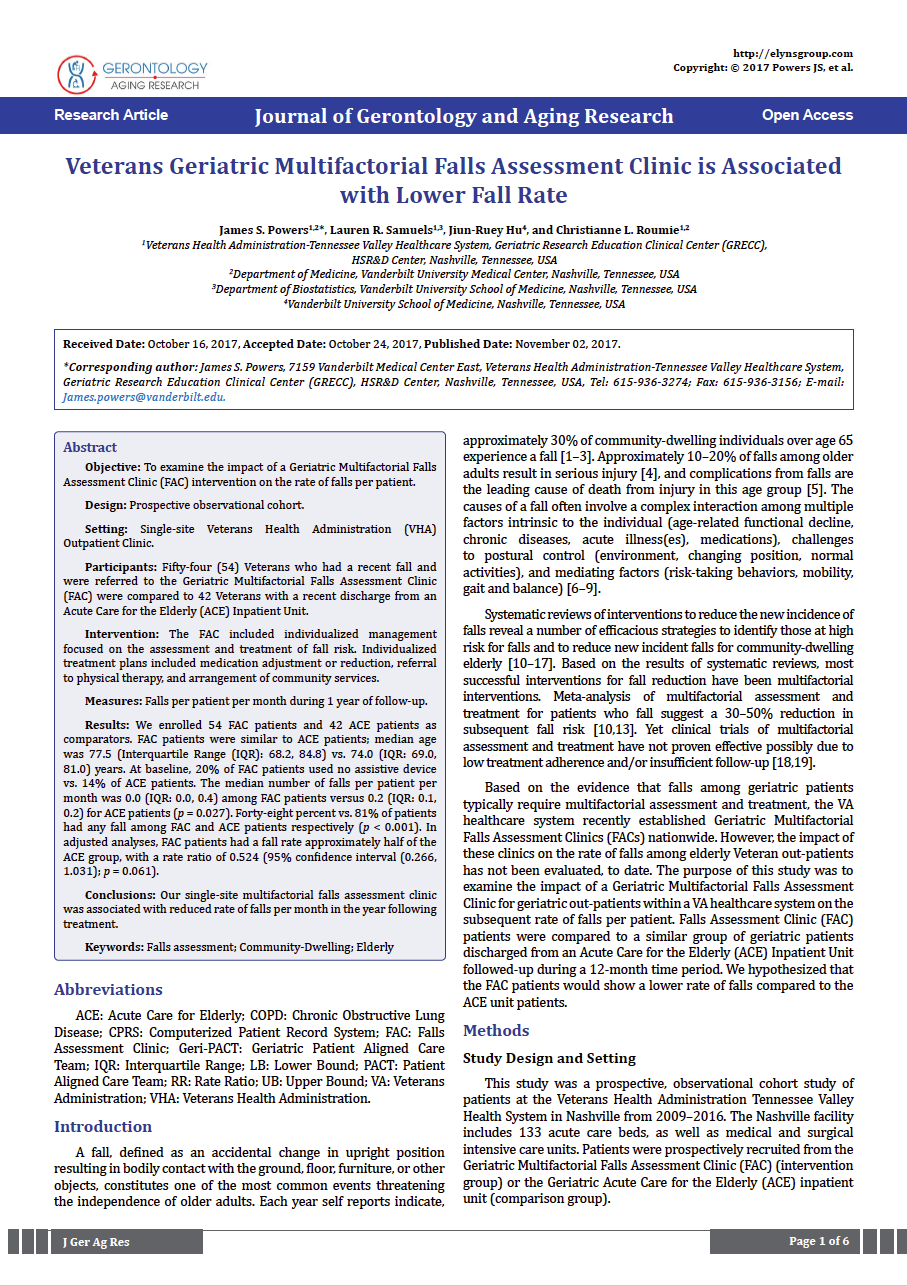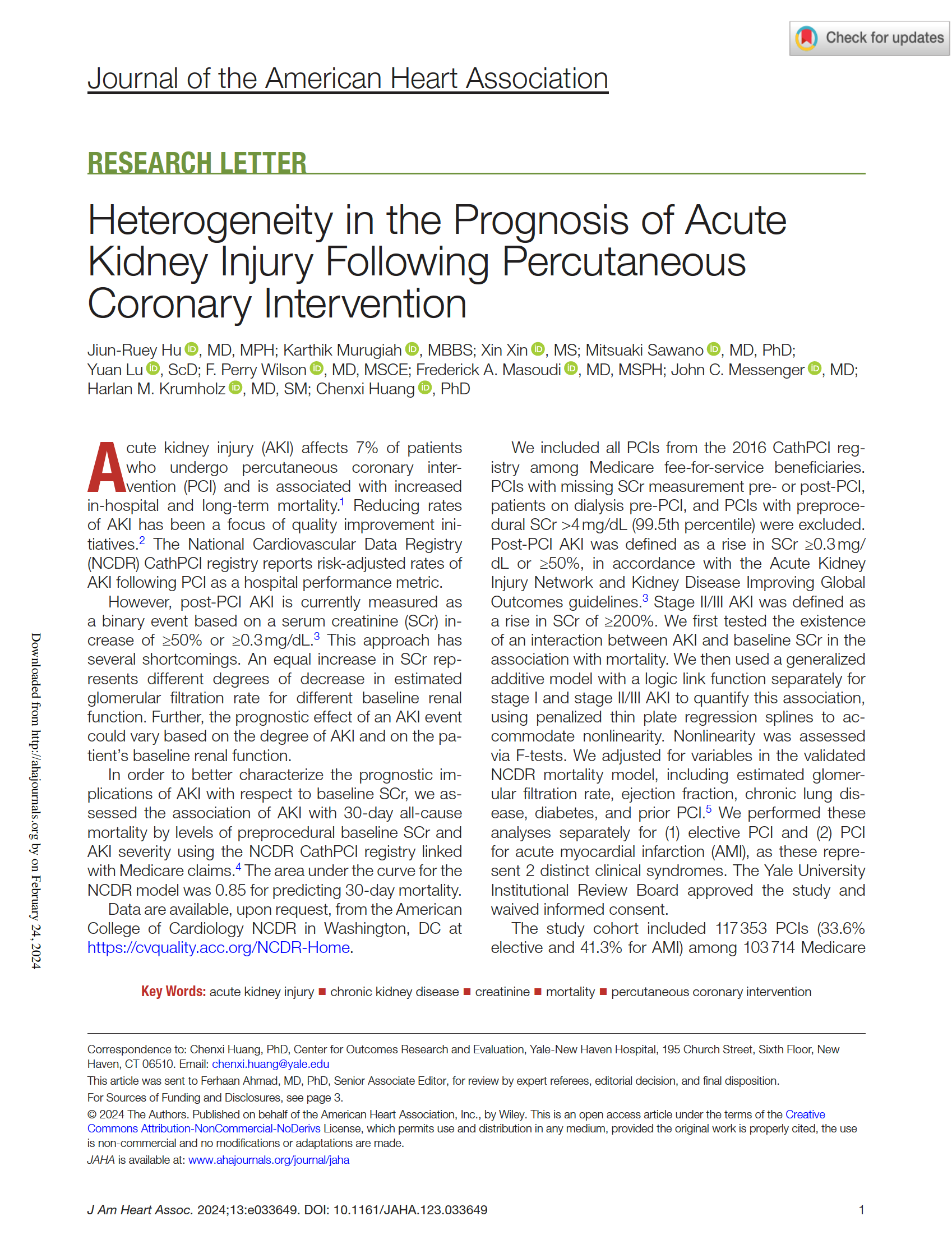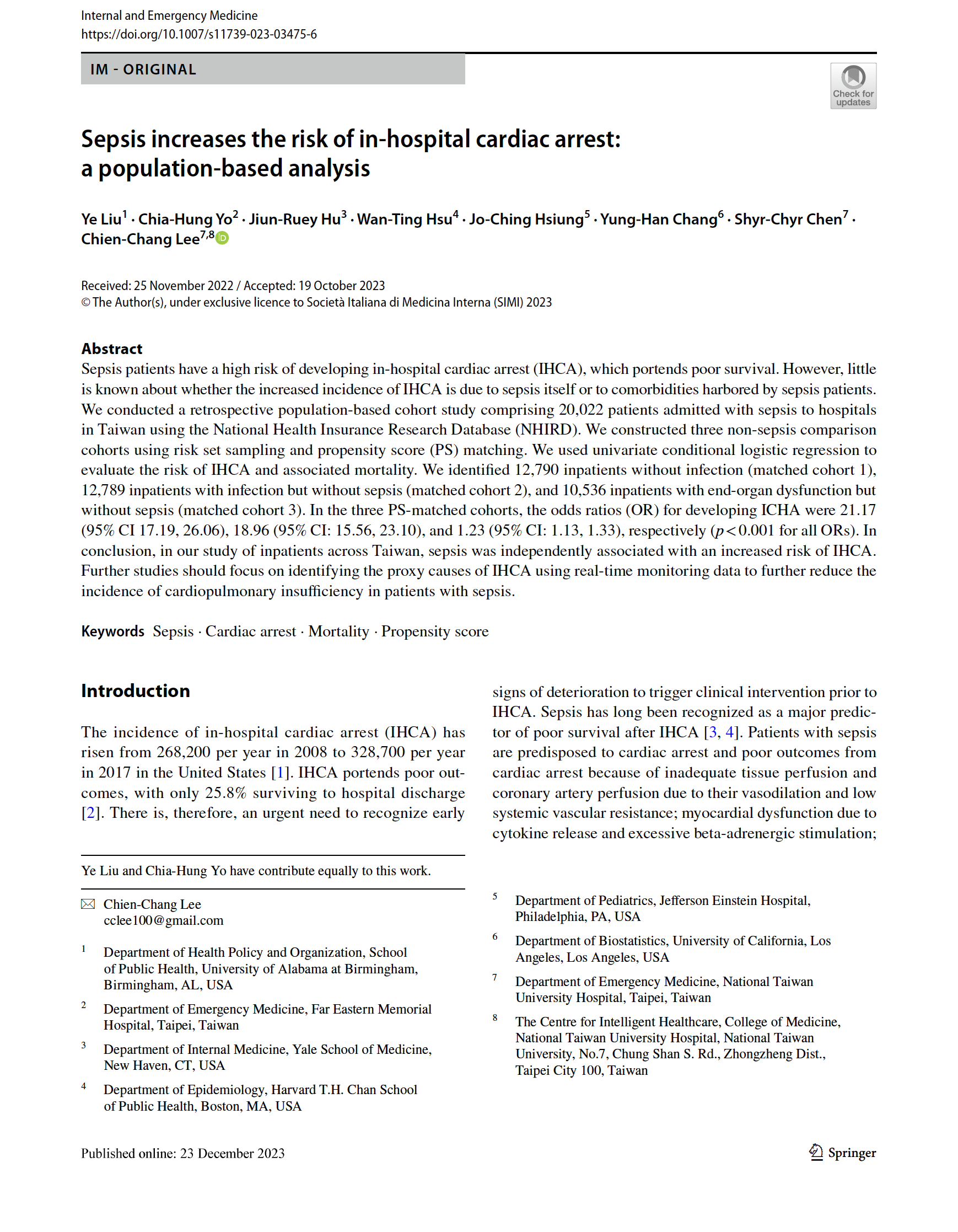📝 Abstract
Objective: To examine the impact of a Geriatric Multifactorial Falls Assessment Clinic (FAC) intervention on the rate of falls per patient.
Design: Prospective observational cohort.
Setting: Single-site Veterans Health Administration (VHA) Outpatient Clinic.
Participants: Fifty-four (54) Veterans who had a recent fall and were referred to the Geriatric Multifactorial Falls Assessment Clinic (FAC) were compared to 42 Veterans with a recent discharge from an Acute Care for the Elderly (ACE) Inpatient Unit.
Intervention: The FAC included individualized management focused on the assessment and treatment of fall risk. Individualized treatment plans included medication adjustment or reduction, referral to physical therapy, and arrangement of community services.
Measures: Falls per patient per month during 1 year of follow-up.
Results: We enrolled 54 FAC patients and 42 ACE patients as comparators. FAC patients were similar to ACE patients; median age was 77.5 (Interquartile Range (IQR): 68.2, 84.8) vs. 74.0 (IQR: 69.0, 81.0) years. At baseline, 20% of FAC patients used no assistive device vs. 14% of ACE patients. The median number of falls per patient per month was 0.0 (IQR: 0.0, 0.4) among FAC patients versus 0.2 (IQR: 0.1, 0.2) for ACE patients (p = 0.027). Forty-eight percent vs. 81% of patients had any fall among FAC and ACE patients respectively (p < 0.001). In adjusted analyses, FAC patients had a fall rate approximately half of the ACE group, with a rate ratio of 0.524 (95% confidence interval (0.266, 1.031); p = 0.061).
Conclusions: Our single-site multifactorial falls assessment clinic was associated with reduced rate of falls per month in the year following treatment.


